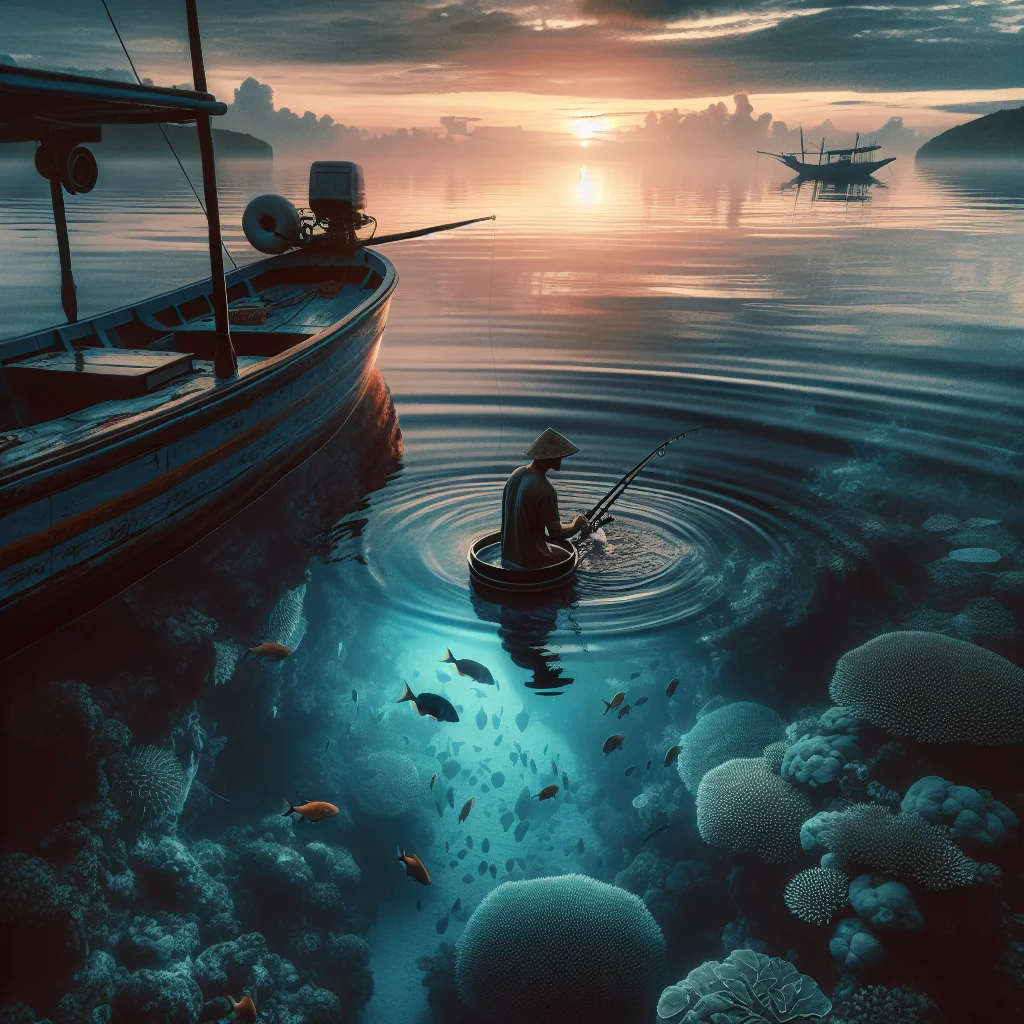Protecting Our Waters: Smart Fishing Methods for Today
April 24, 2025

Fishing has long been a cherished pastime, providing enjoyment and sustenance to many. As enthusiasts, we must recognize our role in protecting aquatic ecosystems. In this article, we'll delve into sustainable fishing practices that not only enhance your fishing experience but also prioritize environmental conservation. From ethical bait choices to responsible catch-and-release techniques, we aim to equip you with knowledge that respects both the sport and our natural resources.
Understanding Sustainable Fishing Practices
Sustainable fishing refers to methods that maintain fish populations and aquatic ecosystems while allowing for recreational fishing. It aims to minimize the ecological impact of fishing activities and promote methods that ensure healthy waters for future generations.
Why Sustainability Matters
The health of our oceans, rivers, and lakes is in peril due to overfishing, pollution, and habitat destruction. Adopting sustainable fishing practices helps to:
- Preserve Fish Populations: By limiting catch sizes and practicing responsible harvesting, we can help sustain fish stocks, ensuring that our favorite fish species remain abundant.
- Protect Ecosystems: Sustainable practices reduce the risk of habitat destruction, supporting overall biodiversity.
- Promote Environmental Awareness: Anglers who adopt eco-friendly practices often become advocates for conservation, inspiring others in their community.
Key Sustainable Fishing Techniques
1. Selective Harvesting
Selective harvesting involves choosing which fish to catch while leaving others to reproduce. This technique can include:
- Size Limits: Many regions impose size limits on fish caught to protect juvenile populations and allow them to mature.
- Species Limits: Avoiding certain endangered species ensures that we do not contribute to their decline.
By focusing on mature, breeding individuals, you help maintain the balance of the ecosystem.
2. Ethical Baiting
The choice of bait significantly impacts the environment. Consider these sustainable options:
- Natural Baits: Opt for locally-sourced live or cut bait that doesn’t threaten local species.
- Artificial Baits: These can be highly effective and oftentimes more environmentally friendly when produced with eco-conscious materials.
- Avoiding Invasive Species: Stick to native baits that do not disrupt local ecosystems.
3. Catch-and-Release Practices
Catch-and-release is a responsible way to enjoy fishing without depleting fish populations. To release fish effectively:
- Use Barbless Hooks: This reduces injury to the fish, allowing for easier release.
- Keep Fish in Water: Minimize handling and keep fish in water as much as possible to avoid stress and injury.
- Use Correct Tools: Employ landing nets that protect fish scales and slime, and consider using specialized tools to remove hooks safely.
4. Monitoring Fishing Seasons and Limits
Following regional guidelines for fishing seasons and limits prevents overfishing during crucial reproductive periods. Engaging with local regulatory bodies helps you stay informed about conservation efforts in your area. This can include:
- Participating in Local Conservation Programs: Organizations often run programs to monitor fish health and populations which can improve local fishing conditions.
- Adapting to Climate Changes: Changes in water temperature and conditions can affect fish populations, so staying educated on local ecosystems is crucial.
Choosing Sustainable Gear
The fishing gear we choose also impacts the environment. Here’s how you can make eco-friendly choices:
- Sustainable Materials: Look for gear made from recycled or sustainably-sourced materials.
- Durability Over Disposability: Invest in high-quality gear that lasts longer, reducing waste.
- Eco-friendly Accessories: Consider biodegradable line and reusable tackle containers to lessen plastic pollution in our waters.
Community and Conservation
Joining groups focused on sustainable fishing can enhance your experience. Local clubs often organize clean-up events and advocacy efforts that not only help the environment but also foster community among anglers. Participating in such groups can:
- Build Skills: Learn from experienced anglers about sustainable practices.
- Raise Awareness: Share knowledge about the importance of preserving our fishing environments.
Conclusion
Embracing sustainable fishing practices is essential for the health of our aquatic ecosystems. By being mindful of our fishing methods, selecting sustainable gear, and engaging with the community, we can enjoy this beloved sport while safeguarding our waters for future generations. Sustainability in fishing is not merely an option but a responsibility that every angler shares. Let's work together to ensure that our fishing tales continue for years to come.
Back